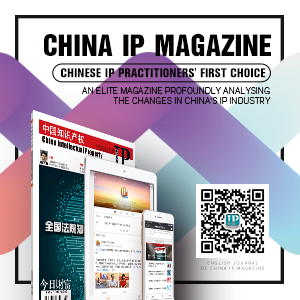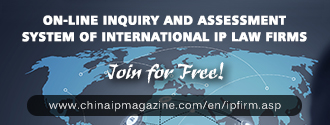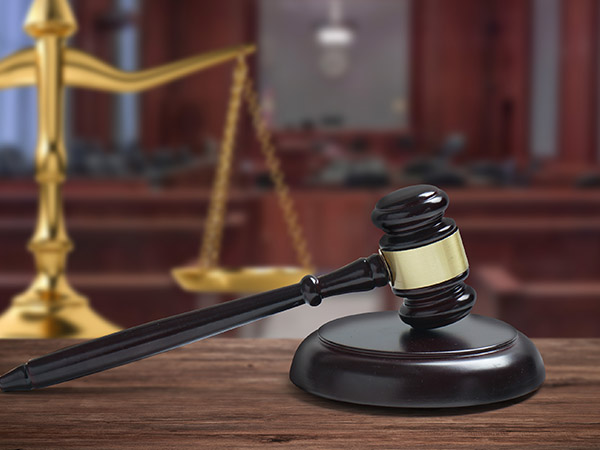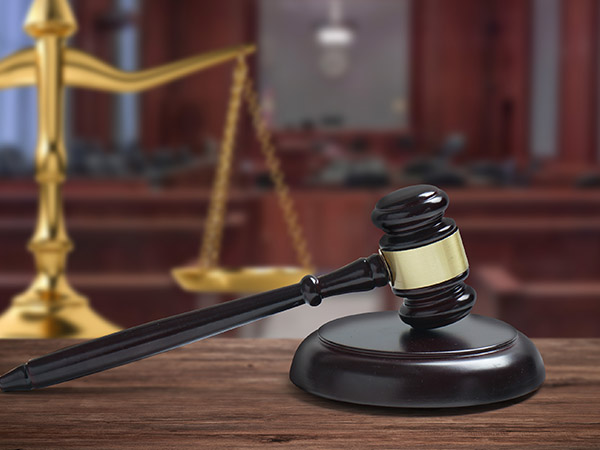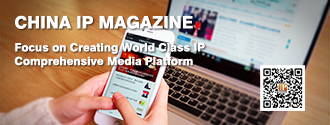Suggestions: Systematic Change to Cope with Time
As stated above, the approval period and its length should be set on basis of both macro and micro levels, so that it may be operable as designed. On macro level, it is the balance of interest among drug research entities, generic drug makers and the public; on the micro level, it is the operability of the system in reality. As to whether the 24 month approval period will suit the reality in our country, it has to be tested in practice. But on the 24 month basis to effectively resolve the patent dispute and to satisfy the interest of various parties, appropriate modification of the system may be necessary.
For courts, the ideal condition for solving patent infringement disputes shall be to settle the patent validity at the same time. But under the current judicial-administrative parallel, this objective can be achieved only on separate tracks with complicated connecting points, time consuming and with many uncertainties, which has largely been demonstrated by the above three cases. On the other hand, Beijing Intellectual Property Court, as the trial court of patent validity cases, may provide referential guidance. This court has concluded 129 administrative cases for drug patent between November of 2014 when it was first established to July 2028, the average case lasting 17.8 months, being but for first instance trial of “infringement + validity.”
To solve the above problems, one of the keys is to examine the patent validity by court while examining infringement. In fact, the Supreme People’s Court in the Bai Wanqing case has tested the water by dismissing the complaint on grounds that the patent claims were not sufficiently clear10. This case was later published as Case No. 55 as a guidance case, and indicated in the “Relevant Laws” section Article 26(4) of Patent Law which is applicable law often used in patent examination process. Subsequently in the patentability litigation, courts in first and second instances both made findings on indefiniteness of claim scope and sustained PRB’s invalidation decision.11
Of course, for a court in infringement litigation proceedings to decide on validity issues, there may also some practical problems. For example, courts throughout the country taking patent infringement cases are of different capabilities which may lead to conflict and confusion. However, changes in recent years leave much room for imagination. With the formation of “3+15” for IP courts and divisions [3 IP courts in Beijing, Shanghai and Guangzhou, 15 IP divisions for other places – note by translator], first instance trial of patent and other technology cases have been relatively concentrated. The recent adjustment of IP appellate mechanisms has resulted in the single jurisdiction of appellate cases to the Supreme People’s Court, together with the guidance case system widely adopted in IP areas, which guarantees the solution to the problem of inconsistent trial standard in various places. Therefore, the key issues and the biggest obstacles currently are the lack of applicable legal rules, on which any judicial attempt will attract doubts and opposition. For this, the only solution would be revision of the patent and other relevant laws for a legislative solution.
Conclusion
Although the questions posed by this article originate in connection with the 24 month approval period in the planned drug patent linkage system and the judicial practice with uniqueness in pharmaceutical industry, problems stemming from it may not be so limited to pharmaceutical industry. It may be an unintentional result, but the planned pharmaceutical patent linkage system has indeed placed the long existing institutional disputes and practical dilemma again under the limelight, offering new perspectives and passage ways either from macro or micro levels, with benefit probably way beyond the drug industry, and will contribute to betterment of innovation environment, and improvement in public health.
(Translated by Zheng Xiaojun)
1 Supreme People’s Court Several Provisions on the Applicable Legal Issues in the Trial of Patent Dispute Cases provides in Article 10: The people’s court may, in the trial of patent infringement cases involving invention
patent or in cases involving PRB sustaining utility model or design patents, wherein the defendant has filed for interim request of patent invalidity, proceed without stay of the judicial proceeding.
2 It is worth noting that the problem is not so prominent in patent linkage system, for infringement suit based on patentability focuses on infringement, affecting timing of the marketing of generic drug, and generally
without impact on injunction or damages.
3 In Case 1, for example, Hansoh modified its product sheet according to the court order of preliminary injunction.
4 The “stay” here refers to a status of the trial without progress. Generally, the court will not officially announce that the case is stayed.
5 The Draft Version provides, “During the approval period, if the parties settle or the court renders a decision for infringement or noninfringement, the drug authorities shall make a decision accordingly for marketing or
not marketing the drug; upon expiration of the approval period, the drug authorities may approve the drug for marketing.
6 Currently, the PRB invalidation proceeding is basically managed within 6 months, and major or difficult cases would normally not exceed 12 months.
7 Supreme People’s Court Several Provisions (II) on the Applicable Legal Issues in the Trial of Patent Dispute Cases provides in Article 2(1): “When the patentee’s patent based on which the infringement litigation is filed has
been declared invalid by the PRB, the court trying such litigation may dismiss the complaint based on such invalidated patent.”
8 For example, in the invalidation case for the invention patent for “Insulin Product Containing NaCl,” the patent was found invalid by PRB and reviewing court at first instance; but court at second instance and the Supreme
Court reversed. See, Beijing First Intermediary Court (2012) YiZhongZhiXingChuZi No. 2737 Decree for Administrative Judicial Review; Beijing High People’s Court (2014) GaoXingZhongZi No. 42 Decree; and Supreme
People’s Court Decree on Administrative Proceedings (2016) ZuiGaoFaXingShen 2433.
9 Supreme People’s Court Several Provisions (II) on the Applicable Legal Issues in the Trial of Patent Dispute Cases provides in Article 2(2): “Upon presentment of evidence that the decision for invalidation of the patent
claims has been reversed by effective judicial review of administrative procedures, the patentee may file another lawsuit.”
10 See, Supreme People’s Court (2012) MinShenZi No. 1544 Civil Decree.
11 See, Beijing Intellectual Property Court (2014) JingZhiXingChuZi No. 23 Administrative Decision; Beijing High People’s Court (2015) GaoXing(Zhi)ZhongZi No. 1549 Administrative Decree.



